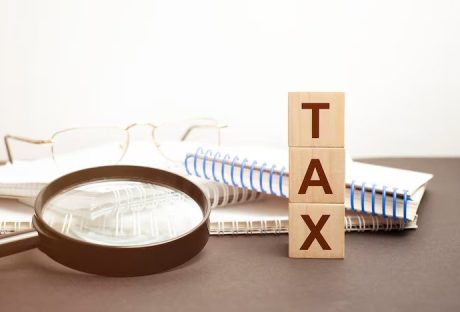Contents insurance claim is helping in reimburse the cost of replacing belongings that have been lost or damaged in fires, floods, and natural disasters. It covers the things you own that aren’t part of the structure of your home. It should help you pay to replace your wardrobe, books, media collections, tools in the garage, electronics, furniture, and more.
The insurance claim is the general process for reimbursement. But often, you are claiming the refund, which is not on the part of the insurance plans. So this turns out to be a little tricky. This is especially applicable for accidental issues like wind, flood, fire, and the smoke types of disasters.
When To Negotiate During Contents Insurance Claim?
When the time comes, you may find that the insurance company or the insurance adjuster doesn’t offer enough funds to cover your insurance claim.
You don’t have to accept everything the insurance adjuster says. There are ways to negotiate if you’re dissatisfied with the offer. It helps if you understand how contents claims work and what your policy says it will cover.
These are two scenarios you should watch out for when you’re dealing with a content claim.
1. When The Insurer Tries to Restore Smoke Damage
Not all house fires result in a total loss. The smoke from a small kitchen fire can spread quickly and affect furniture, food, clothing, and more. In some cases, your insurer may insist on attempting to restore smoke-damaged contents rather than replace them.
Be careful if this is the way the insurer wants to go. A smoke restoration insurance claim can be costly and is not guaranteed to work. But the cost will still be taken out of your contents insurance claim. Because there is no guarantee that smoke damage restoration will work, you could wind up with less money to replace all of the damaged belongings.
There are also some items that should be disposed of with no questions asked if they’ve been exposed to smoke, fire, or the chemicals used in an extinguisher, including:
- Medicine
- Cosmetics
- Perishable and non-perishable food
The health risks of smoke damage are too high to keep items that haven’t been adequately restored. Don’t be afraid to negotiate with your insurer if you would rather replace those damaged belongings with your insurance claim.
2. The Insurance Adjuster’s Evaluation Is Too Low
When you receive the offer from the insurance company, you might be surprised at how low it is. If you were expecting to receive more for your insurance claim, you might have a case. It depends on the insurance adjuster’s evaluation and what your insurance policy says.
Before you dispute an insurance claim, there has to be a reason you should receive more from the insurer. Start by looking at your policy and determining whether you have Actual Cash Value or Replacement Cost coverage.
With Replacement Cost coverage, the insurer provides the funds for you to buy replacements for everything you lost. It may not be exactly! What you paid for initially – for example, the same model of electronics usually costs less a few years after launching. Therefore, you will want to make sure that your replacement costs have been accurately calculated.
With Actual Cash Value insurance claim coverage, the insurer pays an amount based on the value your belongings would have had if they were sold immediately before the loss. You will want to review how the insurance adjuster has depreciated them if you believe the number is too low.
Negotiating with the adjuster is always possible, but you will have to back up your case by reviewing the offer, comparing it to your policy, and determining whether their valuation is accurate.
Sum It Up:
When you are processing the insurance claim, keep all the claim documents clear. We often have seen the lack of evidence becoming the barrier for claiming the claim. For accidental issues, your home pictures and the happening services documents are enough to prove the authenticity. But checking all the papers about the specific claims cases before you purchase insurance is the best way.
Read Also:























